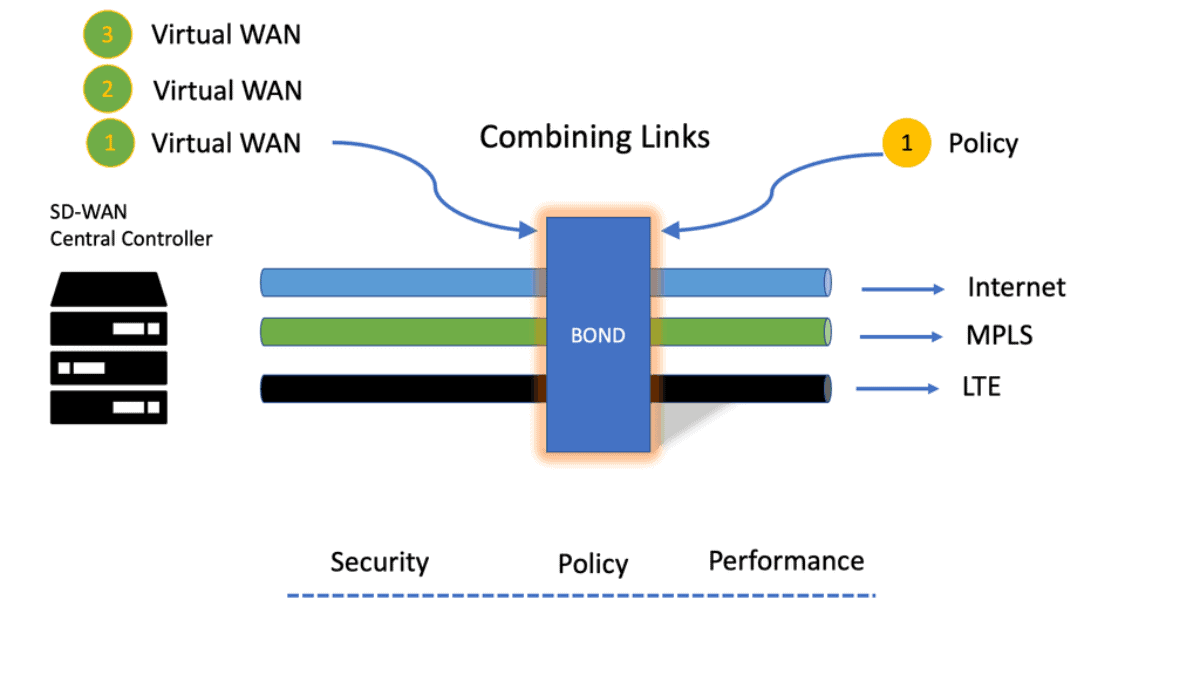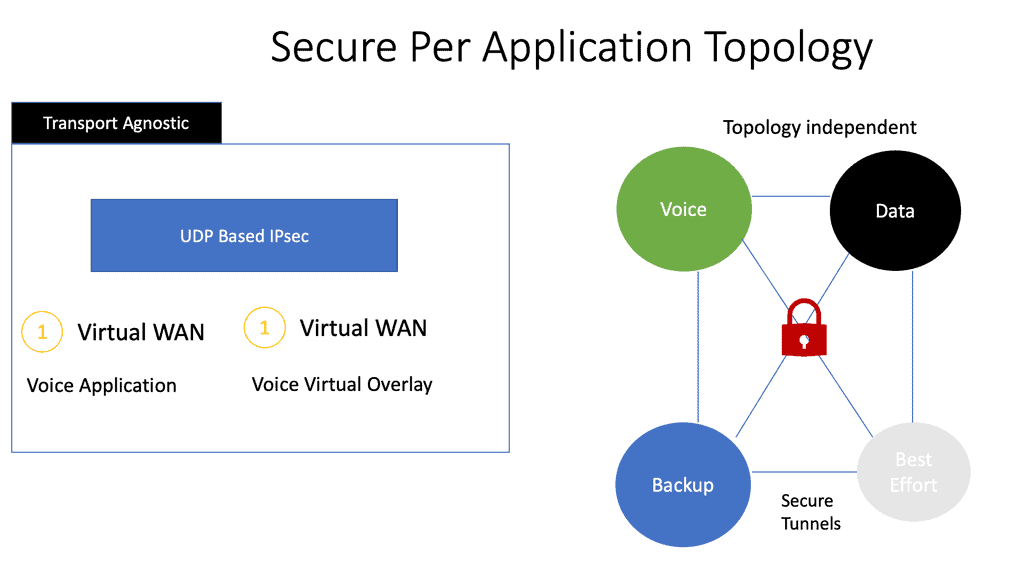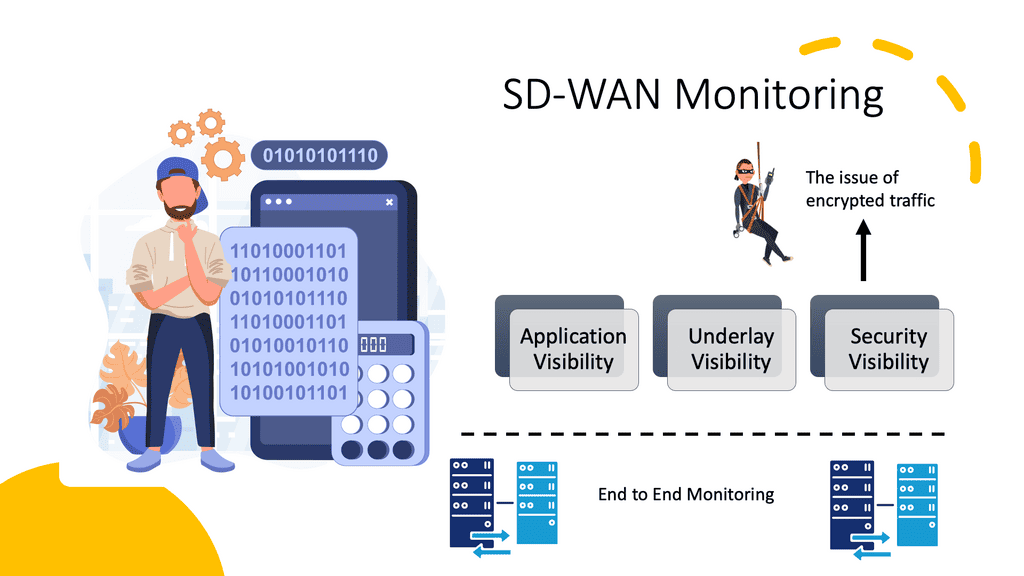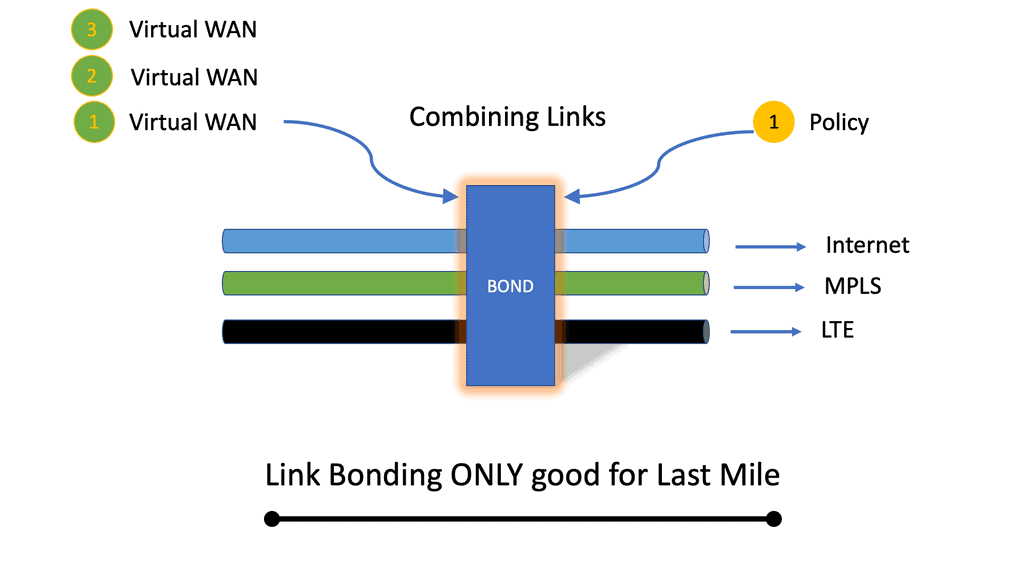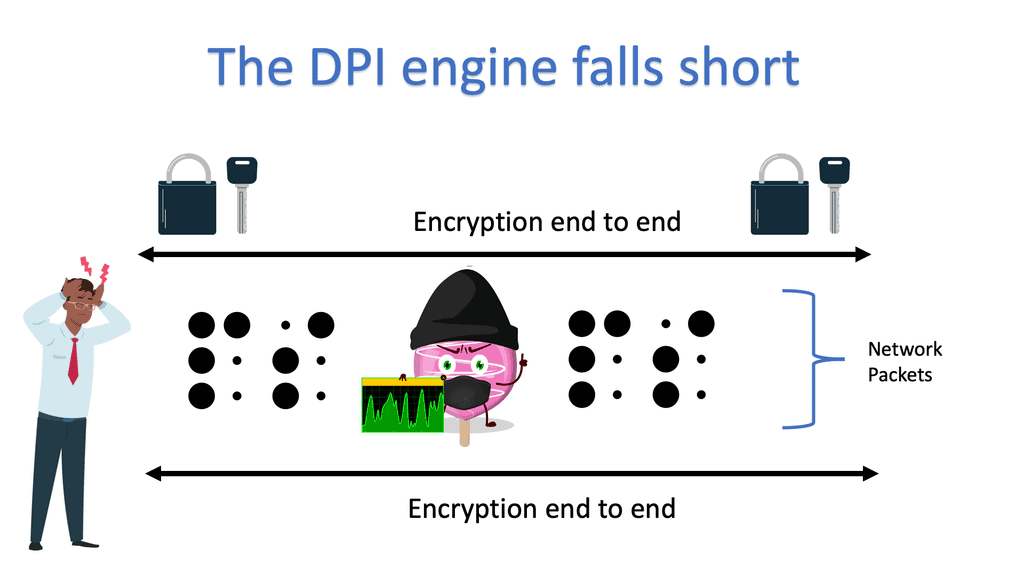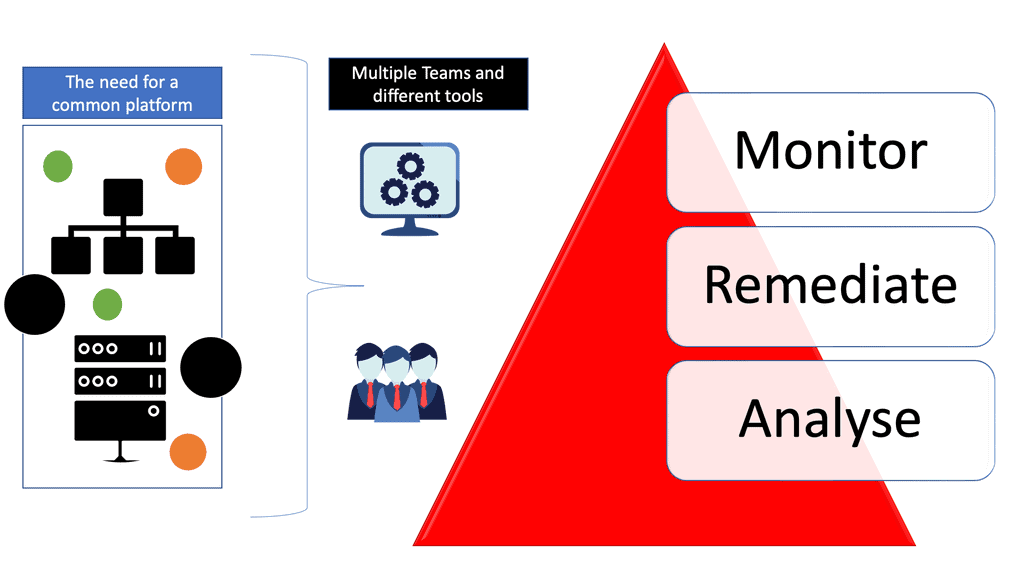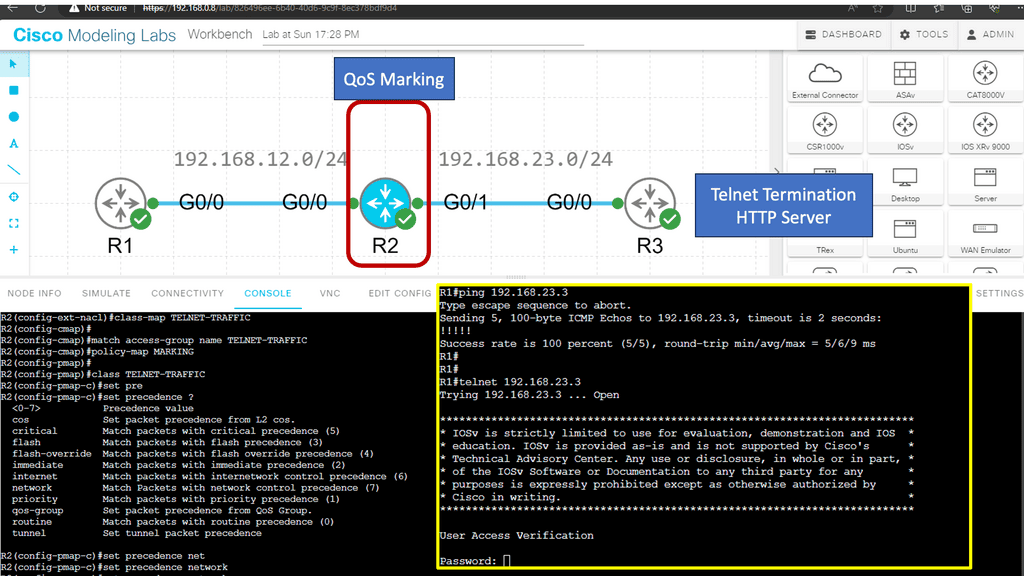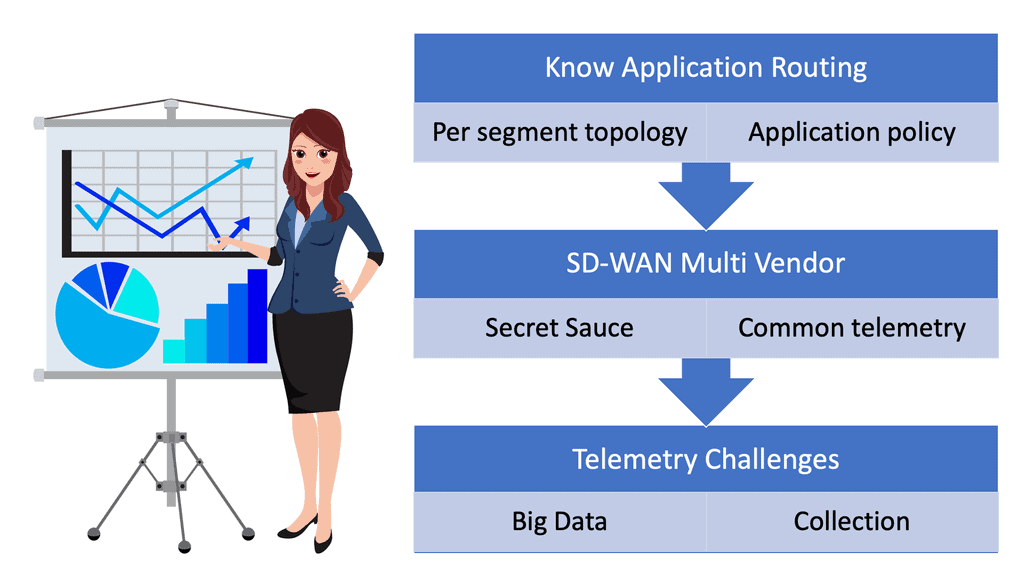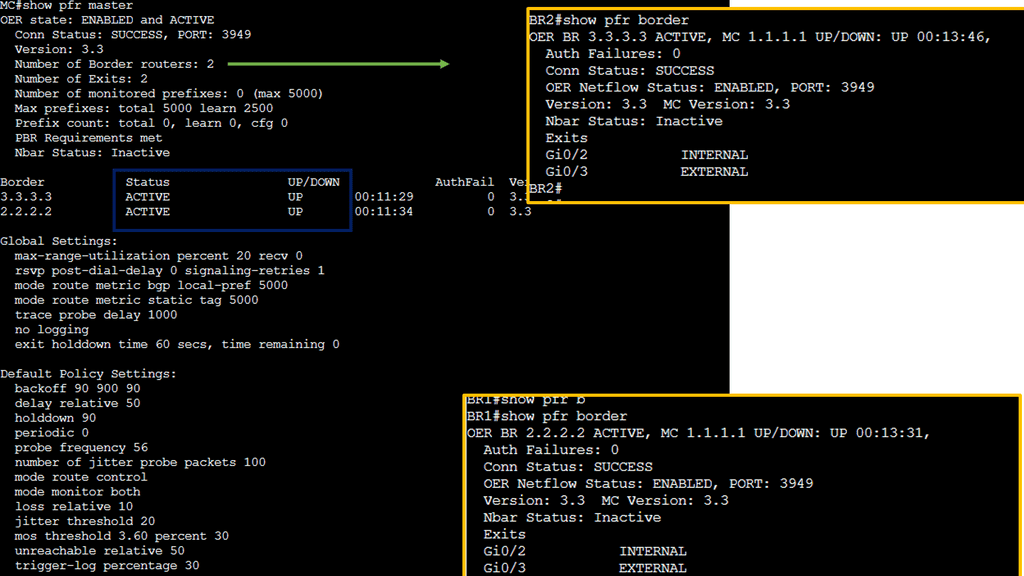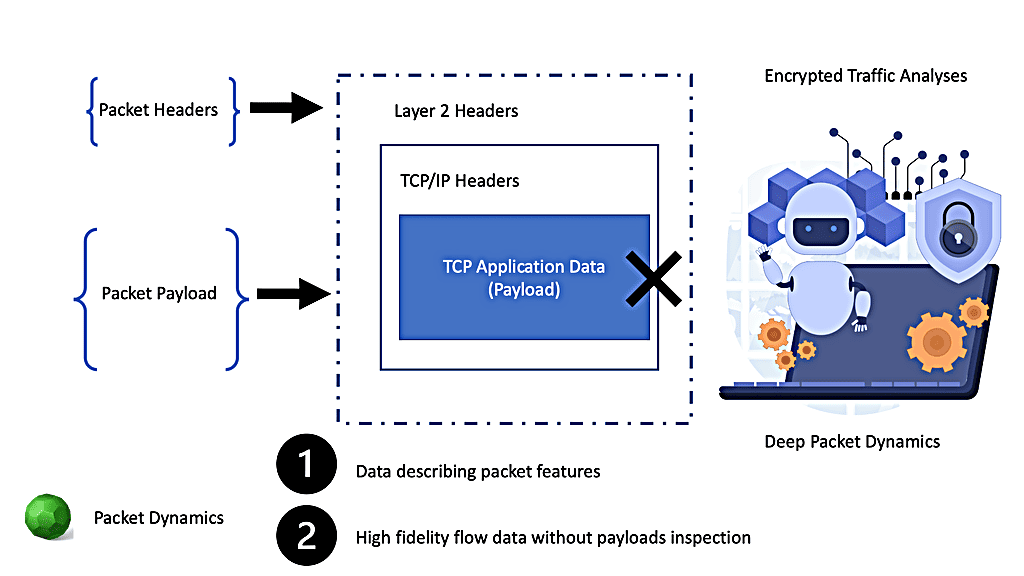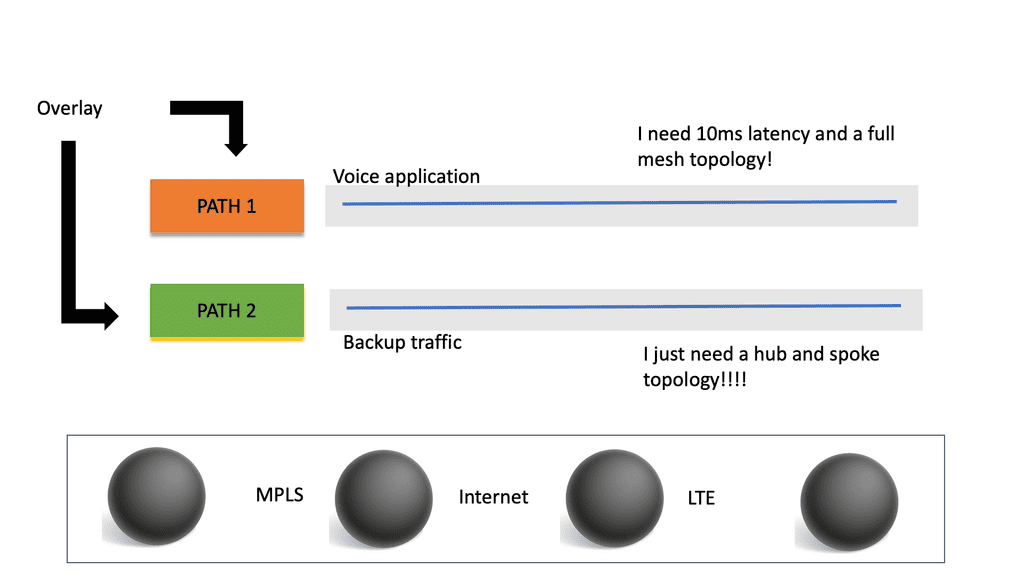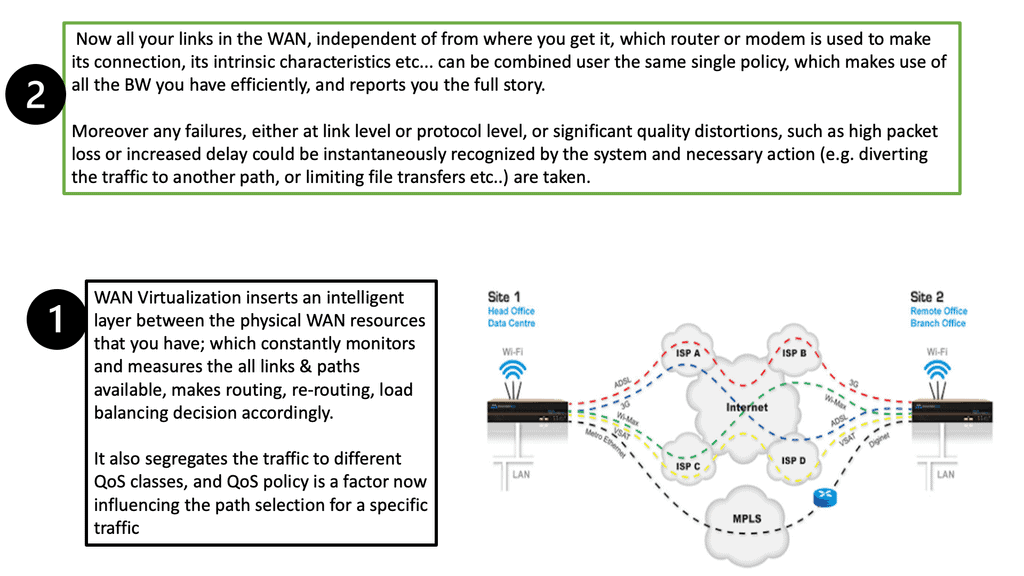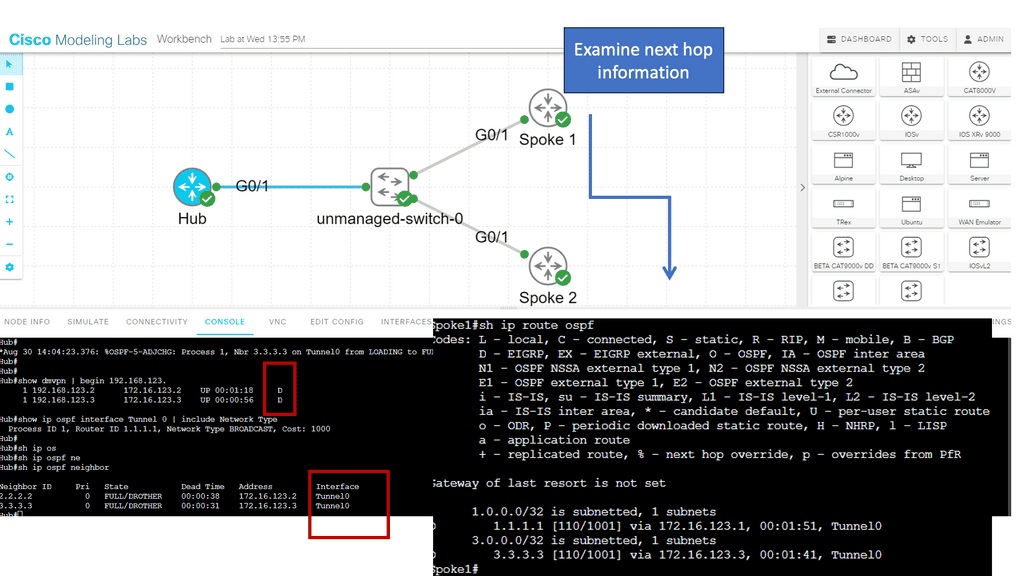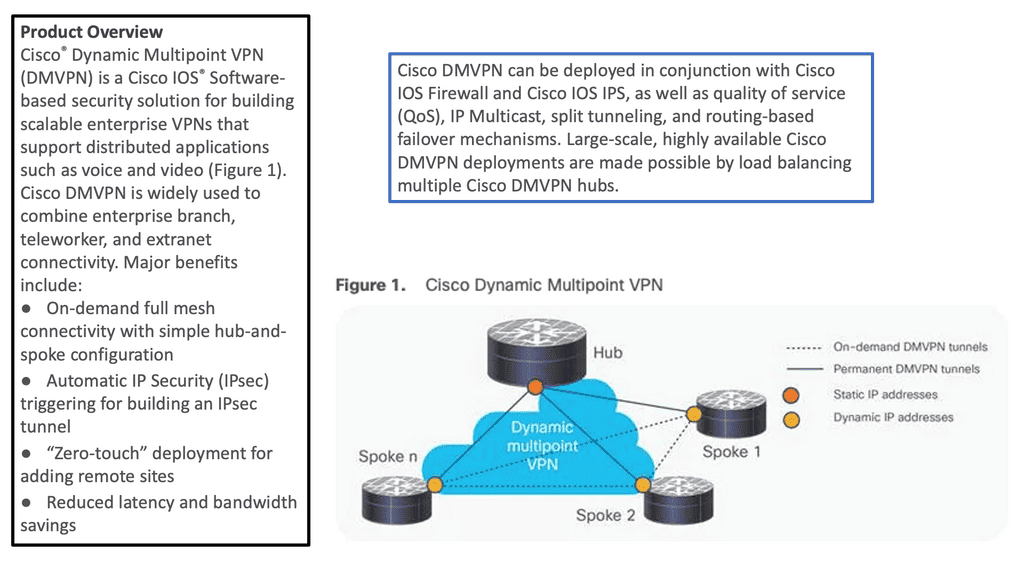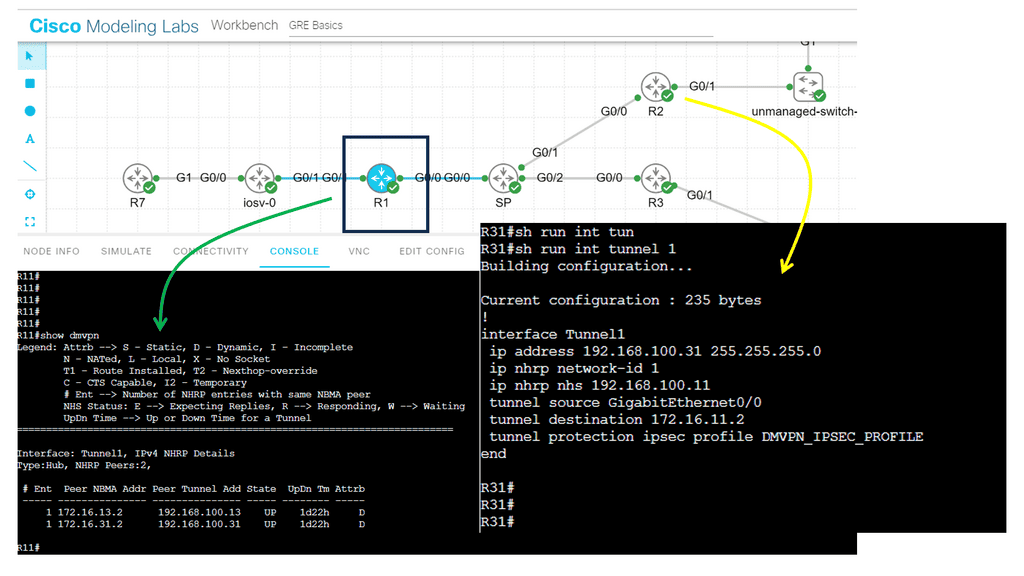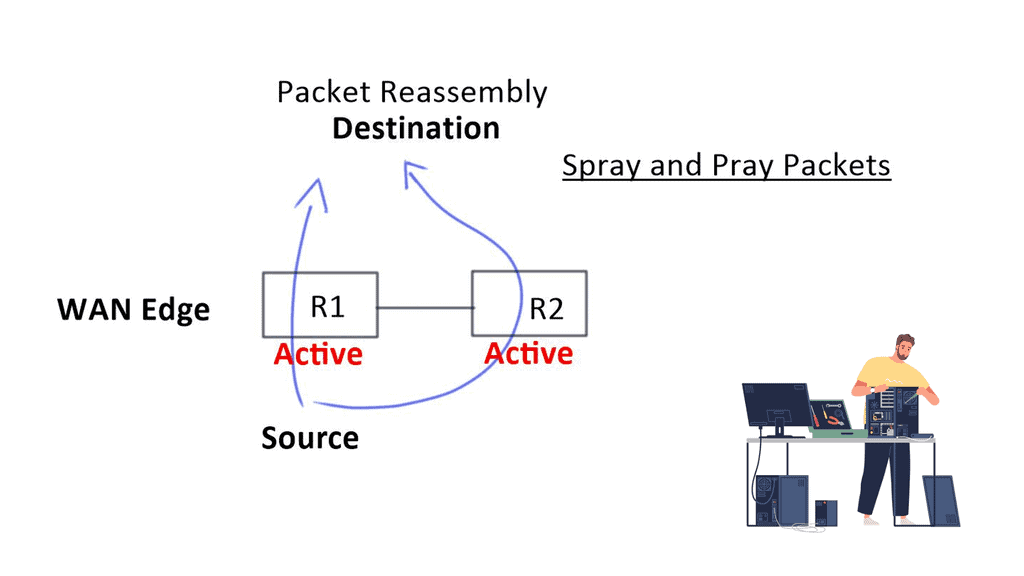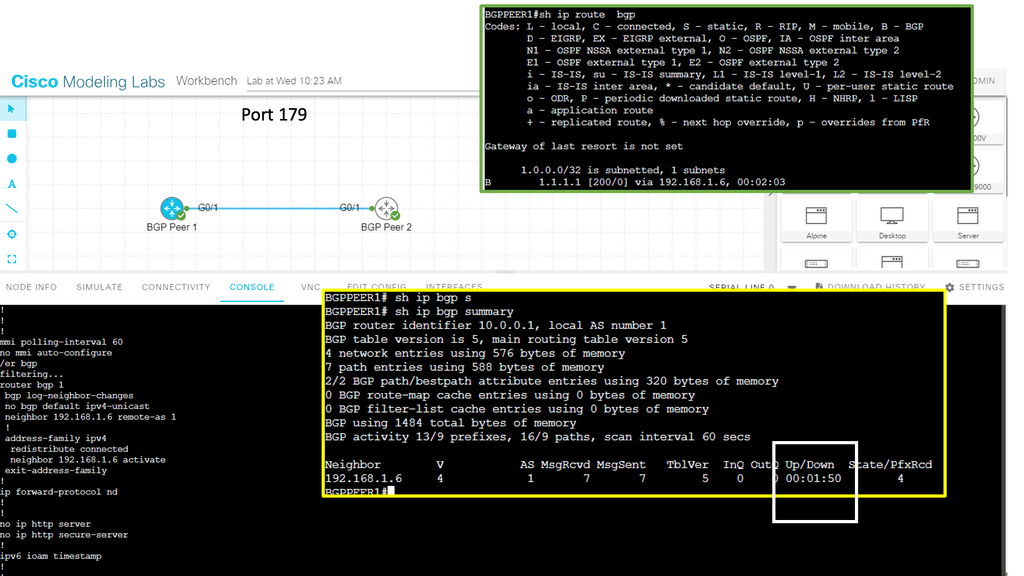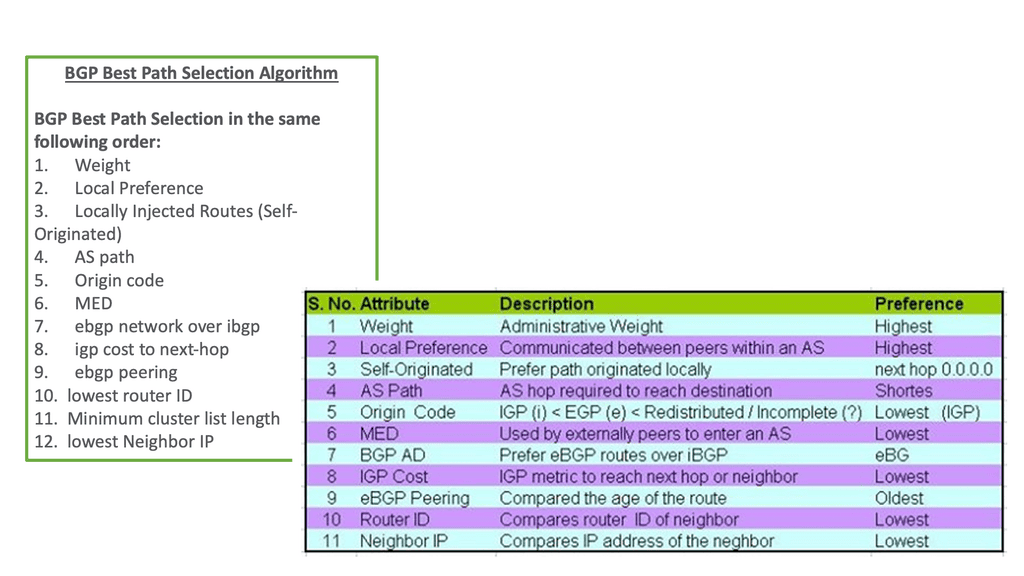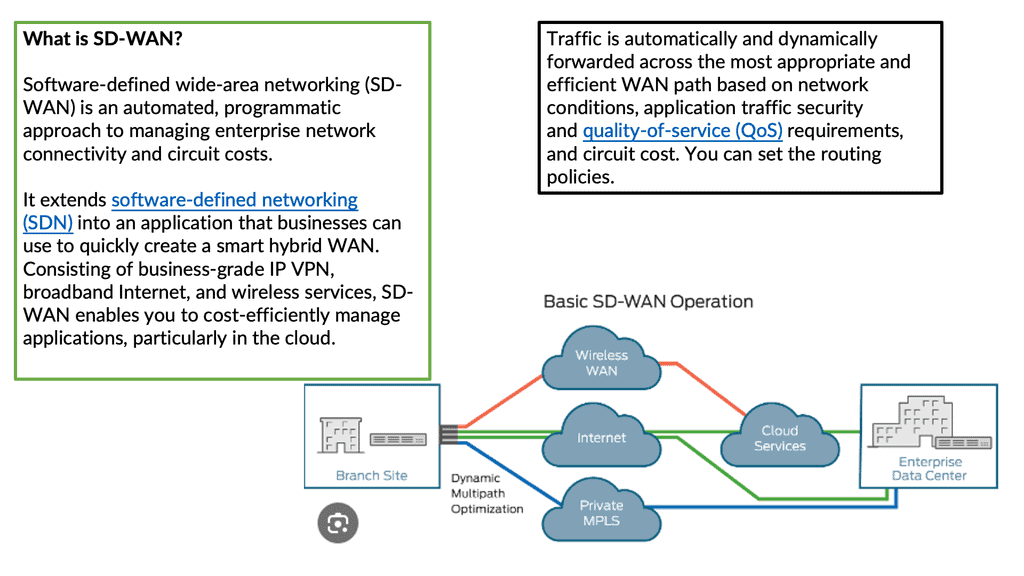SD WAN Monitoring
In today's digital landscape, the demand for seamless and reliable network connectivity is paramount. This is where Software-Defined Wide Area Networking (SD-WAN) comes into play. SD-WAN offers enhanced agility, cost savings, and improved application performance. However, to truly leverage the benefits of SD-WAN, effective monitoring is crucial. In this blogpost, we will explore the importance of SD-WAN monitoring and how it empowers businesses to conquer the digital highway.
SD-WAN monitoring involves the continuous observation and analysis of network traffic, performance metrics, and security aspects within an SD-WAN infrastructure. It provides real-time insights into network behavior, enabling proactive troubleshooting, performance optimization, and security management.
WAN monitoring refers to the practice of actively monitoring and managing a wide area network to ensure its smooth operation. It involves collecting data about network traffic, bandwidth utilization, latency, packet loss, and other key performance indicators. By continuously monitoring the network, administrators can identify potential issues, troubleshoot problems, and optimize performance.
Key Points:
a. Proactive Network Management: WAN monitoring enables proactive identification and resolution of network issues before they impact users. By receiving real-time alerts and notifications, administrators can take immediate action to mitigate disruptions and minimize downtime.
b. Enhanced Performance: With WAN monitoring, administrators gain granular visibility into network performance metrics. They can identify bandwidth bottlenecks, optimize routing, and allocate resources efficiently, resulting in improved network performance and user experience.
c. Security and Compliance: WAN monitoring helps detect and prevent security breaches by monitoring traffic patterns and identifying anomalies. It enables the identification of potential threats, such as unauthorized access attempts or data exfiltration. Additionally, it aids in maintaining compliance with industry regulations by monitoring network activity and generating audit logs.
a. Scalability: When selecting a WAN monitoring solution, it is important to consider its scalability. Ensure that the solution can handle the size and complexity of your network infrastructure, accommodating future growth and network expansions.
b. Real-time Monitoring: Look for a solution that provides real-time monitoring capabilities, allowing you to detect issues as they occur. Real-time data and alerts enable prompt troubleshooting and minimize the impact on network performance.
c. Comprehensive Reporting: A robust WAN monitoring solution should offer detailed reports and analytics. These reports provide valuable insights into network performance trends, usage patterns, and potential areas for improvement.Matt Conran
Highlights: SD WAN Monitoring
The Role of SD-WAN
SD-WAN, or Software-Defined Wide Area Network, is a technology that enables organizations to connect and manage multiple locations through a centralized control mechanism. It allows for simplified network management, enhanced security, and improved application performance. By leveraging software-defined networking principles, SD-WAN provides businesses greater flexibility and agility in their network infrastructure.
Benefits of SD-WAN Monitoring
A. Proactive Issue Detection and Troubleshooting: SD-WAN monitoring equips IT teams to identify potential network issues before they impact user experience. With comprehensive visibility into network performance and traffic patterns, organizations can proactively address bottlenecks, latency, or other performance-related challenges.
B. Performance Optimization: By closely monitoring network traffic and application performance, SD-WAN monitoring enables organizations to optimize bandwidth allocation, ensuring critical applications receive priority and resources are efficiently utilized. This leads to enhanced user experience and increased productivity.
C. Security Management: SD-WAN monitoring plays a vital role in maintaining a secure network environment. It allows for real-time threat detection, anomaly detection, and policy enforcement. IT teams can promptly identify and mitigate security risks, ensuring the integrity and confidentiality of data transmitted across the SD-WAN.
Choosing the Right SD-WAN Monitoring Solution
A. Comprehensive Network Visibility: Look for an SD-WAN monitoring solution that offers granular visibility into network performance, application behavior, and security events. Real-time analytics and customizable dashboards are essential for effective monitoring.
B. Scalability and Flexibility: As your network expands, scalability becomes crucial. Ensure the monitoring solution can handle growth and adapt to changing network requirements. Scalability should include multi-site monitoring capabilities and integration with different SD-WAN vendors.
C. Intelligent Alerting and Reporting: The monitoring solution should provide intelligent alerting mechanisms, notifying IT teams of critical issues or deviations from normal network behavior. Detailed reporting and analytics help assess network performance over time and make informed decisions.
SD-WAN Monitoring: The Components
Stage1: Application Visibility
For SD-WAN to make the correct provisioning and routing decisions, visibility into application performance is required. Therefore, SD-WAN enforces the right QoS policy based on how an application is tagged. To determine what prioritization they need within QoS policies, you need monitoring tools to deliver insights on various parameters, such as application response times, network saturation, and bandwidth usage. You control the overlay.
Stage2: Underlay Visibility
Then it would help if you considered underlay visibility. I have found a gap in visibility between the tunnels riding over the network and the underlying transport network. SD-WAN visibility leans heavily on the virtual overlay. For WAN underlay monitoring, we must consider the network is a hardware-dependent physical network responsible for delivering packets. The underlay network can be the Internet, MPLS, satellite, Ethernet, broadband, or any transport mode. A service provider controls the underlay.
Stage3: Security Visibility
Finally, and more importantly, security visibility. Here, we need to cover the underlay and overlay of the SD-WAN network, considering devices, domains, IPs, users, and connections throughout the network. Often, malicious traffic can hide in encrypted packets and appear like normal traffic—for example, crypto mining. The traditional deep packet inspection (DPI) engines have proven to fall short here.
We must look at deep packet dynamics (DPD) and encrypted traffic analysis (ETA). Combined with artificial intelligence (AI), it can fingerprint the metadata of the packet and use behavioral heuristics to see through encrypted traffic for threats without the negative aspects of decryption.
Diagram: SD-WAN monitoring.
The traditional WAN
So, within your data center topology, the old approach to the WAN did not scale very well. First, there is cost, complexity, and the length of installation times. The network is built on expensive proprietary equipment that is difficult to manage, and then we have expensive transport costs that lack agility. Not to mention the complexity of segmentation with complex BGP configurations and tagging mechanisms used to control traffic over the WAN. There are also limitations to forwarding routing protocols. It’s not that they redesigned it severely; it’s just a different solution needed over the WAN.
There was also a distributed control plane where every node had to be considered and managed. And if you had multi-vendor equipment at the WAN edge, different teams could have managed this in other locations.
No WAN control
You could look at 8 – 12 weeks as soon as you want to upgrade. With the legacy network, all the change control is with the service provider. I have found this to be a major challenge. There was also a significant architectural change where a continuous flow of applications moved to the cloud. Therefore, routing via the primary data center where the security stack was located was not as important. Instead, it was much better to route the application directly into the cloud in the first cloud world.
WAN Modernization
The initial use case of SD-WAN and other routing control platforms was to increase the use of Internet-based links and reduce the high costs of MPLS. However, when you start deploying SD-WAN, many immediately see the benefits. So, as you deploy SD-WAN, you are getting 5 x 9s with dual internal links, and MPLS at the WAN edge of the network is something you could move away from, especially for remote branches.
There was also the need for transport independence and to avoid the long lead times associated with deploying a new MPLS circuit. With SD-WAN, you create SD-WAN overlay tunnels over the top of whatever ISP and mix and match as you see fit.
With SD-WAN, we now have an SD-WAN controller in a central location. This brings with it a lot of consistency in security and performance. In addition, we have a consistent policy pushed through the network regardless of network locations.
- SD-WAN monitoring and performance-based application delivery
SD-WAN is also application-focused; we now have performance-based application delivery and routing. This type of design was possible with traditional WANs but was challenging and complex to manage daily. It’s a better use of capital and business outcomes. So we can use the less expensive connection without dropping any packets. There is no longer leverage in having something as a backup. With SD-WAN, you can find several virtual paths and routes around all failures.
Now, applications can be routed intelligently, and using performance as a key driver can make WAN monitoring more complete. It’s not just about making a decision based on up or down. Now we have the concept of brownouts, maybe high latency or high jitter. That circuit is not down, but the application will route around the issue with intelligent WAN segmentation.
Diagram: Performance-based application delivery.
Troubleshoot brownouts
- Detecting brownouts
Traditional monitoring solutions focus on device health and cannot detect complex network service issues like brownouts. Therefore, it is critical to evaluate solutions that are easy to deploy and use to simulate end-user behavior from the suitable locations for the relevant network services. Most of the reported brownouts reported causes require active monitoring to detect. Five of the top six reasons brownouts occur can only be seen with active monitoring: congestion, buffer full drops, missing or misconfigured QoS, problematic in-line devices, external network issues, and poor planning or design of Wi-Fi.
Troubleshooting a brownout is difficult, especially when understanding geo policy and tunnel performance. What applications and users are affected, and how do you tie back to the SD-WAN tunnels? Brownouts are different from blackouts as application performance is affected.
SD-WAN Monitoring and Visibility
So, we have clear advantages to introducing SD-WAN; managers and engineers must consider how they operationalize this new technology. Designing and installing is one aspect, but how will SD-WAN be monitored and maintained? Where do visibility and security fit into the picture? While most SD-WAN solutions provide native network and application performance visibility, this isn’t enough. I would recommend that you supplement native SD-WAN visibility with third-party monitoring tools. SD-WAN vendors are not monitoring or observability experts. So, it is like a networking vendor jumping into the security space.
The issues of encrypted traffic and DPI
Traditionally, we look for anomalies against unencrypted traffic, and you can inspect the payload and use deep packet inspection (DPI). Nowadays, there is more than simple UDP scanning. Still, bad actors appear in encrypted traffic and can mask and hide activity among the usual traffic. This means some DPI vendors are ineffective and can’t see the payloads. Without appropriate visibility, the appliance will send a lot of alerts that are false positives.
Deep packet inspection technology
Deep packet inspection technology has been around for decades. It utilizes traffic mirroring to analyze the payload of each packet passing through a mirrored sensor or core device, the traditional approach to network detection and response (NDR). Most modern cyberattacks, including ransomware, lateral movement, and Advanced Persistent Threats (APT), heavily utilize encryption in their attack routines. However, this limitation can create a security gap since DPI was not built to analyze encrypted traffic.
Diagram: Deep packet inspection technology.
So, the legacy visibility solutions only work for unencrypted or clear text protocols such as HTTP. In addition, DPI requires a decryption proxy, or middlebox, to be deployed for encrypted traffic. Middleboxes can be costly, introduce performance bottlenecks, and create additional security concerns. Previously, security practitioners would apply DPI techniques to unencrypted HTTP traffic to identify critical session details such as browser user agent, presence of a network cookie, or parameters of an HTTP POST. However, as web traffic moves from HTTP to encrypted HTTPS, network defenders are losing visibility into those details.
Good visibility and security posture
Introducing telemetry
We need to leverage your network monitoring infrastructure effectively for better security and application performance monitoring to be more effective, especially in the world of SD-WAN. However, this comes with challenges with collecting and storing standard telemetry and the ability to view encrypted traffic. The network teams spend a lot of time on security incidents, and sometimes, the security team has to look after network issues. So, both of these teams work together. For example, packet analysis needs to be leveraged by both teams, and flow control and other telemetry data need to be analyzed by the two teams.
The role of a common platform
It’s good that other network and security teams can work off a common platform and standard telemetry. A network monitoring system can be used while plugging into your SD-WAN controller to help operationalize your SD-WAN environments. Many application performance problems arise from security issues. So, you need to know your applications and examine encrypted traffic without decrypting.
Network performance monitoring and diagnostics
We have Flow, SNMP, and API for network performance monitoring and diagnostics. We have encrypted traffic analysis and machine learning (ML) for threat and risk identification for security teams. This will help you reduce complexity and will increase efficiency and emerge. So we have many things, such as secure access service edge (SASE) SD-WAN, and the network and security teams are under pressure to respond better.
Diagram: Network performance monitoring.
Merging of network and security
The market is moving towards the merging of network and security teams. We see this with cloud, SD-WAN, and also SASE. So, with the cloud, for example, we have a lot of security built into the fabric. With VPC, we have security group policies built into the fabric. SD-WAN, we have end-to-end segmentation commonly based on an overlay technology. That can also be terminal on a virtual private cloud (VPC). Then, SASE is a combination of all.
We need to improve monitoring, investigation capabilities, and detection. This is where the zero trust architecture and technologies such as single packet authorization can help you monitor and enhance detection with the deduction and response solutions. In addition, we must look at network logging and encrypted traffic analyses to improve investigation capabilities. Regarding investment, we have traditionally looked at packets and logs but have SNMP, NetFlow, and API. There are a lot of telemetries that can be used for security, viewed initially as performance monitoring. Now, it has been managed as a security and cybersecurity use case.
SD-WAN Monitoring: The need for a baseline
You need to understand and baseline the current network for smooth SD-WAN rollouts. Also, when it comes to policy, it is no longer just a primary backup link and a backup design. Now, we have intelligence application profiling. Everything is based on performance parameters such as loss, latency, and jitter. So, before you start any of this, you must have good visibility and observability. You need to understand your network and get a baseline for policy creation, and getting the proper visibility is the first step in planning the SD-WAN rollout process.
Network monitoring platform
For traditional networks, they will be SNMP, Flow data, and a lot of multi-vendor equipment. You need to monitor and understand how applications are used across the environment, and not everyone uses the same vendor for everything. For this, you need a network monitoring platform, which can easily be scaled to perform baseline and complete reporting and take into all multi-vendor networks. To deploy SD-WAN, you need a network monitoring platform to collect multiple telemetries, be multi-vendor, and scale.
Variety of telemetry
Consuming packets, decoding this to IPFIX, and bringing API-based data is critical. So, you need to be able to consume all of this data. Visibility is key when you are rolling out SD-WAN. You first need to baseline to see what is expected. This will let you know if SD-WAN will make a difference and what type of difference it will make at each site. So, with SD-WAN, you can deploy application-aware policies that are site-specific or region-specific, but you first need a baseline to tell you what policies you need at each site.
QoS visibility
With a network monitoring platform, you can get visibility into QoS. This can be done by using advanced flow technologies to see the marking. For example, in the case of VOIP, the traffic should be marked as expedited forwarding (EF). Also, we need to be visible in the queueing, and shaping is also critical. You can assume that the user phones automatically market the traffic as EF.
Still, a misconfiguration at one of the switches in the data path could be remarking this to best efforts. Once you have all this data, you must collect and store it. The monitoring platform needs to be able to scale, especially for global customers, and to collect information for large environments. Flow can be challenging. What if you have 100,000 flow records per second?
WAN capacity planning
When you have a baseline, you need to understand WAN capacity planning for each service provider. This will allow you to re-evaluate your service provider’s needs. In the long run, this will save costs. In addition, we can use WAN capacity planning to let you know each site is reaching your limit. WAN capacity planning is not just about reports. Now, we are looking extensively at the data to draw value. Here, we can see the introduction of artificial intelligence for IT operations (AIOps) and machine learning to help predict WAN capacity and future problems. This will give you a long-term prediction when deciding on WAN bandwidth and service provider needs.
Get to know your sites and POC.
You also need to know the sites. A network monitoring platform will allow you to look at sites and understand bandwidth usage across your service providers. This will enable you to identify what your critical sites are. You will want to have various sites and have a cross-section of other sites that may be on satellite connection or LTE, especially with retail. So look for varying sites, and learn about problematic sites where your users have problems with applications that are good candidates for proof of concepts.
Your network performance management software will give you visibility into what sites to include in your proof of concept. This platform will tell you what sites are critical and which are problematic in terms of performance and would be a good mix for a proof of concept. When you get inappropriate sites in the mix, you will immediately see the return on investment (ROI) for SD-WAN. So uptime will increase, and you will see this immediately. But for this to be in effect, you first need a baseline.
Identity your applications: Everything is port 80
So, we have latency, jitter, and loss. Understanding when loss happens is apparent. However, with specific applications, with 1 – 5 % packet loss, there may not be a failover, which can negatively affect the applications. Also, many don’t know what applications are running. What about people connecting to the VPN with no split tunnel and then streaming movies? We have IP and ports to identity applications running on your network, but everything is port 80 now. So, you need to be able to consume different types of telemetry from the network to understand your applications fully.
The issues with deep packet inspection
So, what about the homegrown applications that a DPI engine might not know about? Many DPI vendors will have trouble identifying these. It would help if you had the network monitoring platform to categorize and identify applications based on several parameters that DPI can’t. A DPI engine can classify many applications but can’t do everything. A network monitoring platform can create a custom application, let’s say, based on an IP address, port number, URL, and URI.
Connecting to the SD-WAN Controller
The traditional approach is to talk to each device individually. However, in the SDN world, we need the network monitoring platform to connect the controller instead of each device. If you can connect to the controller, we have a single point of truth; this is where all the information can be gleaned. So, here, API connections can be formed to the SD-WAN controller to form a holistic view of all devices at the WAN edge. So, we need to collect different types of information from the SD-WAN controller for SD-WAN monitoring.
SD-WAN API connectivity
For example, some SD-WAN vendors give metrics via SNMP, Netflow, and API. So it would help if you collected all different types of telemetry data. This will allow you to identify network semantics, where the sites are, the WAN interface, service provider transports, and logical constructs such as the IP address allocations. Multi-telemetry will help you drive workflows, geo-location mappings, performance visibility, and detailed reporting. All of this can be brought together on one platform. So, we are bringing in all information about the environment, which is impossible with a Netflow v5 packet.
Requirements for a network monitoring platform
Diagram: Network monitoring platform.
Know application routing
The network monitoring platform needs to know the application policy and routing. It needs to know when there are error threshold events as applications are routed based on intelligence policy. Once the policy is understood, you must see how the overlay application is routed. With SD-WAN, we have per segment per topology to do this based on VRF or service VPN. We can have full mesh or regions with hub and spoke. Per segment, topology verification is also needed to know that things are running correctly. To understand the application policy, what the traffic looks like, and to be able to verify brownouts.
- SD-WAN multi-vendor
Due to mergers or acquisitions, you may have an environment with multiple vendors for SD-WAN. Each vendor has its secret source, too. The network monitoring platform needs to bridge the gap and monitor both sides. There may even be different business units. So, how do you leverage common infrastructure to achieve this? We first need to leverage telemetry for monitoring and analysts. This is important as if you are putting in info packet analysis; this should be leveraged by both security and network teams, reducing tool sprawl.
Overcome the common telemetry challenges.
Trying standard telemetry does come with its challenge, and every type of telemetry has its one type of challenge. Firstly, Big Data: This is a lot of volume in terms of storage size—the speed and planning of where you will do all the packet analysis. Next, we have the collection and performance side of things. How do we collect all of this data? From a Flow perspective, you can get flow from different devices. So, how do you collect from all the edge devices and then bring them into a central location?
Finally, we have cost and complexity challenges. You may have different products for different solutions. We have an NPM for network performance monitoring, an NDR, and packet captures. Other products work on the same telemetry. Some often start with packet capture and move to an NPM or NDR solution.
A final note on encrypted traffic
- SD-WAN encryption
With SD-WAN, everything is encrypted across public transport. So, most SD-WAN vendors can meter traffic on the LAN side before it enters the SD-WAN tunnels, but many applications are encrypted end to end. You need to identify even keystrokes through encrypted sessions. How can you get fully encrypted visibility? By 2025, all traffic will be encrypted. Here, we can use a network monitoring platform to identify and analyze threats among encrypted traffic.
- Deep packet dynamics
So, you should be able to track and classify with what’s known as deep packet dynamic, which could include, for example, byte distributions, sequence of packets, time, jitter, RTT, and interflow stats. Now, we can push this into machine learning to identify applications and any anomalies associated with encryption. This can identify threats in encrypted traffic without decrypting the traffic.
Deep packet dynamics improve encrypted traffic visibility while remaining scalable and causing no impediment to latency or violation of privacy. Now, we have a malware detection method and cryptographic assessment of secured network sessions that does not rely on decryption. This can be done without having the keys or decrypting the traffic. Managing the session key for decryption is complex and can be costly computationally. It is also often incomplete. They often only support session key forwarding on Windows or Linux or not on MacOS, never mind the world of IoT.
Diagram: Encrypted traffic analytics.
Encrypted traffic analytics
Cisco’s Encrypted Traffic Analytics (ETA) uses the software Stealthwatch to compare the metadata of benign and malicious network packets to identify malicious traffic, even if it’s encrypted, providing insight into threats in encrypted traffic without decryption. In addition, recent work on Cisco’s TLS fingerprinting can provide fine-grained details about the enterprise network’s applications, operating systems, and processes.
The issue with packet analysis is that everything is encrypted, especially with TLS1.3. The monitoring of the traffic and the WAN edge is encrypted. How do you encrypt all of this, and how do you store all of this? How do you encrypt traffic analysis? Decrypting traffic can create an exploit and potential attack surface, and you also don’t want to decrypt everything.
Summary: SD WAN Monitoring
In today’s digital landscape, businesses heavily rely on their networks to ensure seamless connectivity and efficient data transfer. As organizations increasingly adopt Software-Defined Wide Area Networking (SD-WAN) solutions, the need for robust monitoring becomes paramount. This blog post delved into SD-WAN monitoring, its significance, and how it empowers businesses to optimize their network performance.
Section 1: Understanding SD-WAN
SD-WAN, short for Software-Defined Wide Area Networking, revolutionizes traditional networking by leveraging software-defined techniques to simplify management, enhance agility, and streamline connectivity across geographically dispersed locations. By abstracting network control from the underlying hardware, SD-WAN enables organizations to optimize bandwidth utilization, reduce costs, and improve application performance.
Section 2: The Role of Monitoring in SD-WAN
Effective monitoring plays a pivotal role in ensuring the smooth operation of SD-WAN deployments. It provides real-time visibility into network performance, application traffic, and security threats. Monitoring tools enable IT teams to proactively identify bottlenecks, latency issues, or network disruptions, allowing them to address these challenges and maintain optimal network performance swiftly.
Section 3: Key Benefits of SD-WAN Monitoring
3.1 Enhanced Network Performance: SD-WAN monitoring empowers organizations to monitor and analyze network traffic, identify performance bottlenecks, and optimize bandwidth allocation. This leads to improved application performance and enhanced end-user experience.
3.2 Increased Security: With SD-WAN monitoring, IT teams can monitor network traffic for potential security threats, detect anomalies, and quickly respond to attacks or breaches. Monitoring helps ensure compliance with security policies and provides valuable insights for maintaining a robust security posture.
3.3 Proactive Issue Resolution: Real-time monitoring allows IT teams to identify and resolve issues before they escalate proactively. Organizations can minimize downtime, optimize resource allocation, and ensure business continuity by leveraging comprehensive visibility into network performance and traffic patterns.
Section 4: Best Practices for SD-WAN Monitoring
4.1 Choosing the Right Monitoring Solution: Select a monitoring solution that aligns with your organization’s specific needs, supports SD-WAN protocols, and provides comprehensive visibility into network traffic and performance metrics.
4.2 Monitoring Key Performance Indicators (KPIs): Define relevant KPIs such as latency, packet loss, jitter, and bandwidth utilization to track network performance effectively. Regularly monitor these KPIs to identify trends, anomalies, and areas for improvement.
4.3 Integration with Network Management Systems: Integrate SD-WAN monitoring tools with existing network management systems and IT infrastructure to streamline operations, centralize monitoring, and enable a holistic network view.
Conclusion:
SD-WAN monitoring is a critical component of successful SD-WAN deployments. By providing real-time visibility, enhanced network performance, increased security, and proactive issue resolution, monitoring tools empower organizations to maximize the benefits of SD-WAN technology. As businesses continue to embrace SD-WAN solutions, investing in robust monitoring capabilities will be essential to ensuring optimal network performance and driving digital transformation.

